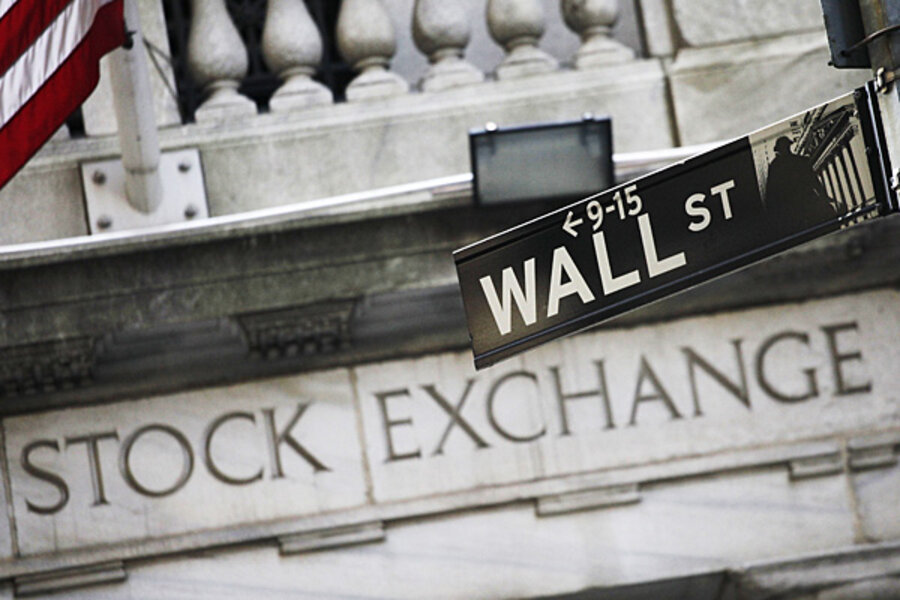Five takeaways on America's debt
Loading...
Is the Federal Reserve part of the government? You might think so, but you wouldn’t know it from the way we talk about America’s debt. When it comes to the debt held by the public, for example, the Fed is just a member of the public.
That accounting reflects the Fed’s unusual independence from the rest of government. The Fed remits its profits to the U.S. Treasury each year, but is otherwise ignored when thinking about fiscal policy.
In the era of quantitative easing, that accounting warrants a second look. The Fed now owns $2 trillion in Treasury bonds and $1.5 trillion in other financial assets. Those assets, and the way the Fed finances them, could have significant budget implications.
To understand them, we’ve calculated what the federal government’s debt and financial asset positions look like when you combine the regular government with the Federal Reserve, taking care to net out the debt owned by the Fed and Treasury cash deposited at the Fed:
This consolidated view offers five insights about America’s debt situation:
-
Less long-term debt. The Fed has bought $2 trillion of Treasury debt with maturities of a year or more. As a result, $2 trillion of medium- and long-term public debt is not, in fact, held by the real public. Interest payments continue, but they cycle from the Treasury to the Fed and then back again when the Fed remits its profits to Treasury. (This debt would become fully public again if the Fed ever decides to sell or allows the debt to mature without replacing it.)
- More short-term debt. The Fed needs resources to buy longer-term Treasuries, mortgage-backed securities, and other financial assets. In the early days of the crisis response, it did so by selling the short-term Treasuries it owned. But those eventually ran out. So the Fed began financing its purchases by creating new bank reserves. Those reserves now account for $2 trillion of the Fed’s $2.3 trillion in short-term borrowing, on which it currently pays 0.25 percent interest.
- Slightly more overall debt. The official public debt currently stands at $11.9 trillion. When we add in the Fed, that figure rises to $12.1 trillion. Bank reserves and other short-term Fed borrowings more than offset the Fed’s portfolio of Treasury bonds.
- Lots more financial assets. Treasury’s financial assets now total $1.1 trillion. That figure more than doubles to $2.5 trillion when we add in the Fed’s mortgage-backed securities and other financial assets.
- Less debt net of financial assets. The Fed adds more in financial assets than in government debt, so the debt net of financial assets falls from $10.8 trillion to $9.6 trillion. That $1.2 trillion difference reflects the power of the printing press. As America’s monetary authority, the Fed has issued $1.2 trillion in circulating currency to help finance its portfolio. That currency is technically a government liability, but it bears no interest and imposes no fiscal burden.
The Fed thus strengthens the government’s net financial position, but increases the fiscal risk of future increases in interest rates. When the Fed buys Treasuries, for example, it replaces long-term debts with very short-term ones, bank deposits. That’s been a profitable trade in recent years, with short-term interest rates near zero. But it means federal coffers will be more exposed to future hikes in short-term interest rates, if and when they occur.
This post was coauthored by Hillel Kipnis, who is interning at the Urban Institute this summer. Earlier posts in this series include: Uncle Sam’s Growing Investment Portfolio and Uncle Sam’s Trillion-Dollar Portfolio Partly Offsets the Public Debt.






